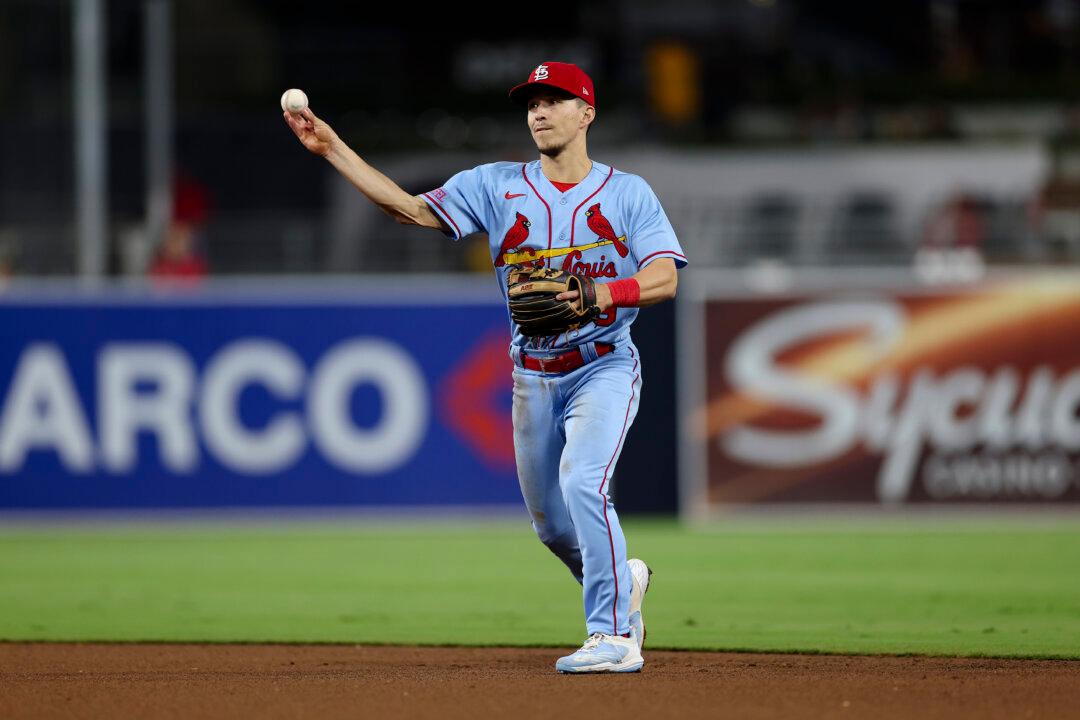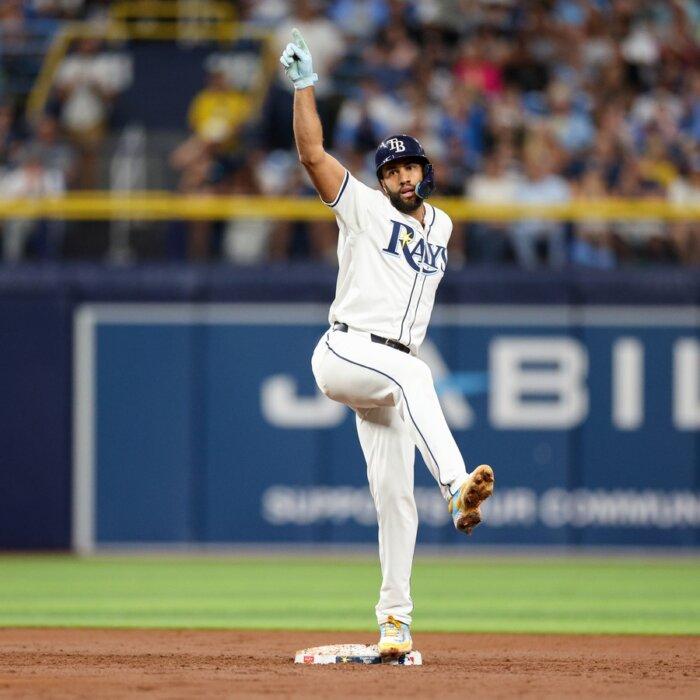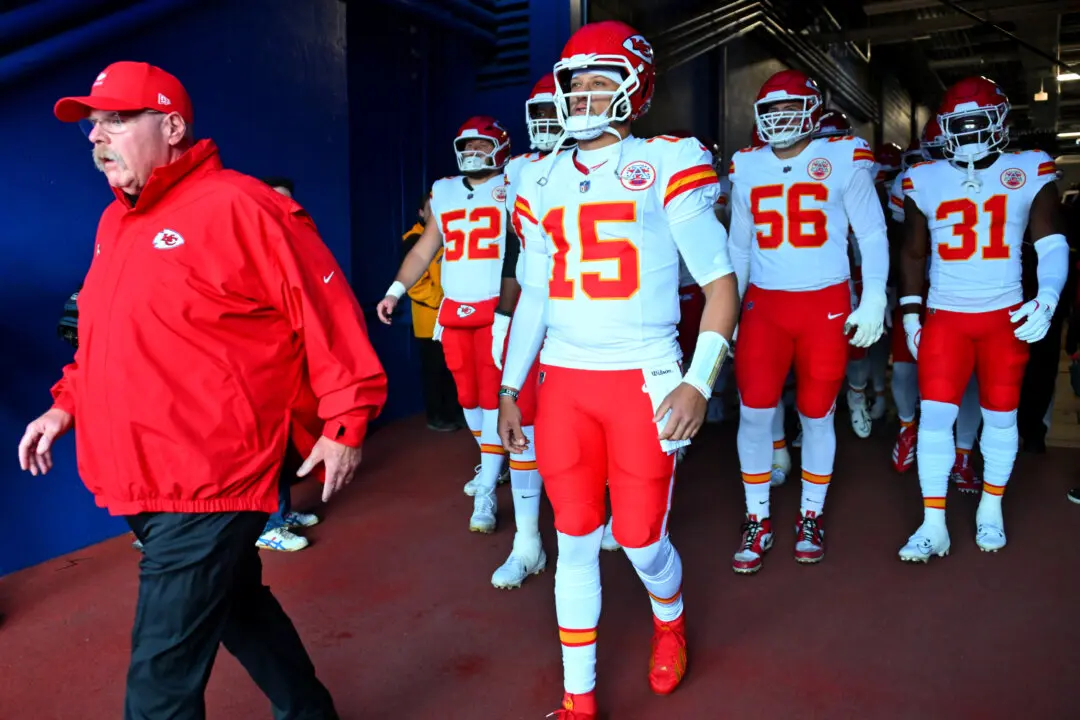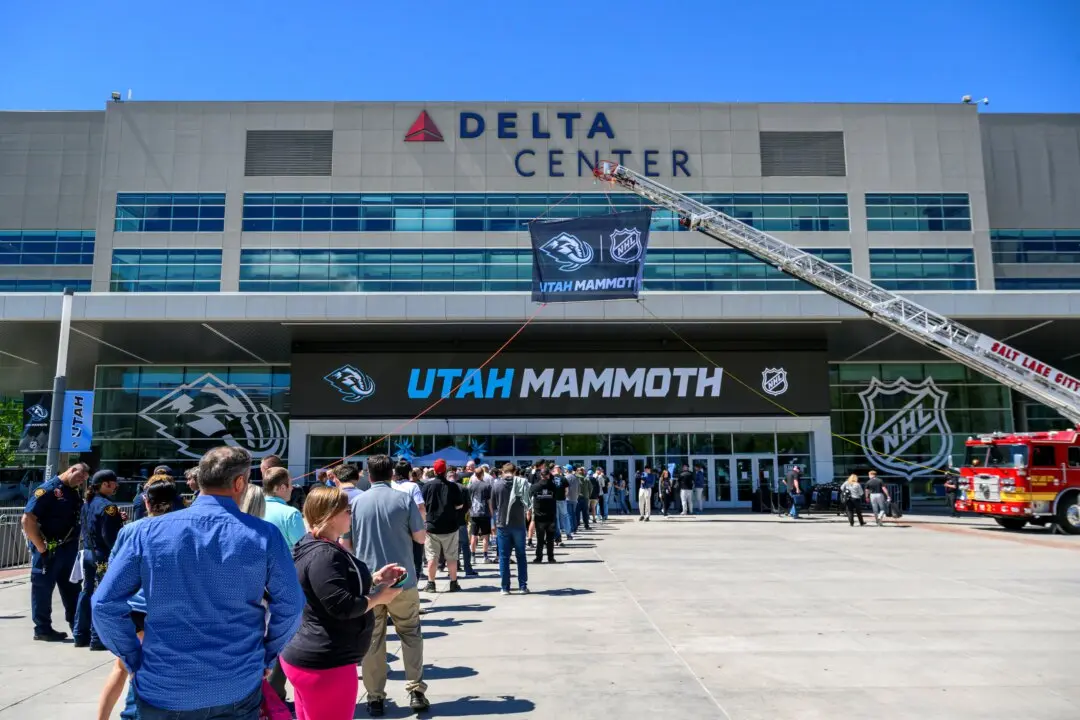The MLB trade deadline is over and done.
The frenzy by some clubs to add pitching or an everyday position player certainly made baseball even more exciting, without any balls being hit or fastballs tossed.
Bags have been packed, and new friendships will be made with new teammates. It’s the business end of the game that players for the most part have little or no control over. It ultimately affects how the athlete goes about his business inside the foul lines.
But, just like any rule or set of guidelines, more times than not exceptions are made. With MLB, when Tuesday’s 6:00 p.m. ET deadline came, trading came to a halt. Now, another avenue for clubs to land a player or players on their rosters kicks in.
First off, players on an MLB club’s 40-man roster or on the 60-day injured list would be eligible for postseason play. However, the players would have to be on either list by Aug. 31.
This is where the scouting departments become even more vigilant. Keeping tabs on those honing their skills on the Triple-A and Double-A levels could make the difference for clubs to grab talent at a discount price, and help the ball club with a fresh body down the pennant stretch.
After July, a player who is placed on waivers and claimed by another club can join a new set of MLB teammates. This could prove worthwhile to clubs who have players go down unexpectedly due to injury. If a player is placed on waivers, any club may claim him.
Also, if a player is on a minor league contract, and hasn’t been on an MLB roster or injured list this season, he, too, could be moved via the trade route.
For club general managers, along with their minor league department directors, if they want a player, they need to be creative. One such example of creativity came during the 1977 campaign with the New York Yankees.
Dave Kingman, a perennial home run hitter, was traded by the then California Angels to New York on Sept. 15, 1977. With the Yankees being Kingman’s fourth club in the 1977 season, in the eight games that the slugger did join New York’s lineup, he hit four home runs, and drove in seven runs, in 24 at-bats.
Although Kingman wasn’t available for postseason play with the Yankees, down the stretch he made a difference from the plate. The Yankees went on to win the World Series over the Los Angeles Dodgers.
Adding an impactful player late in the MLB season, as in the case of Kingman joining the Yankees, more often than not makes a difference. With dozens of trades in the books this past week, no team seemed to have strengthened themselves more than the Dodgers. Infielder/Outfielder Tommy Edman came over from the St. Louis Cardinals. Pitcher Michael Kopech left the Chicago White Sox for Los Angeles.
Amed Rosario became a Dodger by way of the Tampa Bay Rays. Gold Glove center fielder Kevin Kiermaier said goodbye to his Toronto Blue Jays teammates for sunny California. Jack Flaherty, perhaps the most sought-after pitcher up until the Tuesday deadline, packed his bags in Detroit, and caught a flight for San Diego, to join his new Dodgers teammates on the road.
During the regular season, club rosters are fixed at 26 players. Come September, clubs can have 28 players on their rosters. That’s two call-ups from the minors now, whereas in the past clubs could overfill their dugouts with 40 players if they so choose. Teams can carry 14 pitchers in September. Fresh, top prospects, if called up, could make the difference of a hot bat in the minors to carry on with the big club, or a healthy arm joining the pitching staff may be just what wins a crucial game down the stretch.
As the adage goes, “Where there’s a will, there’s a way,” MLB executives usually acquire talent that they deem necessary for an advantage. Keep your eye on the calendar. August and September could be just as exciting as July, just with a different twist.







